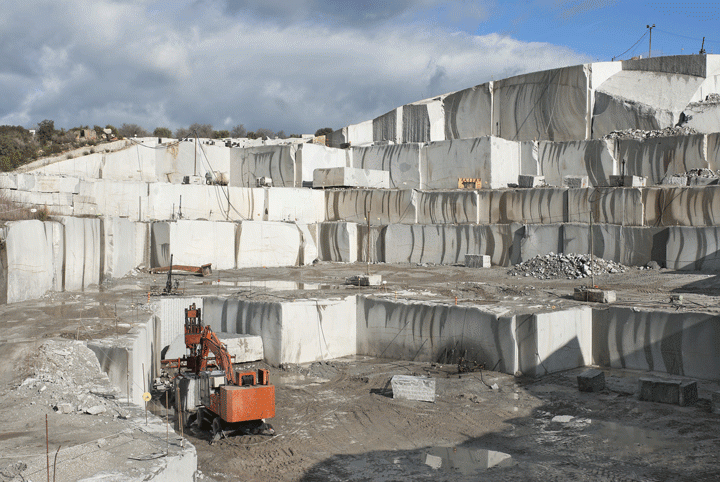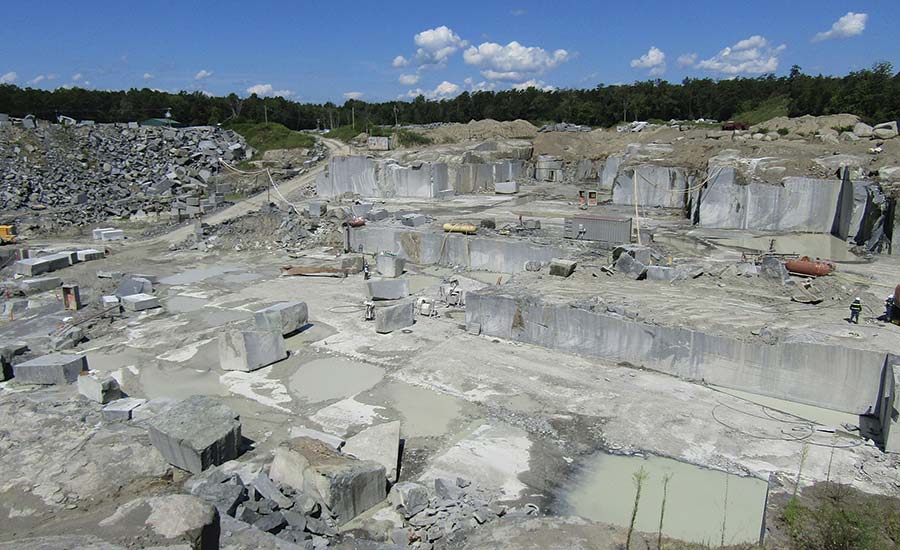A Journey Through Granite Quarries in South Africa: Unveiling Nature's Artistry
A Journey Through Granite Quarries in South Africa: Unveiling Nature's Artistry
Blog Article
Uncovering the Rich History and Lasting Practices of Granite Quarrying
As we base on the precipice of uncovering the detailed tapestry of granite quarrying, a journey via time reveals not simply the physical act of removing stone yet likewise the social and historical significance woven right into the very textile of this method. From the old origins that laid the structure for contemporary quarrying strategies to the sustainable techniques that are shaping the future of this sector, each sculpt mark on granite surface areas tells a tale waiting to be unearthed (granite quarries in south africa). The heritage of granite quarrying stretches much past simple extraction; it is a testament to human ingenuity, resilience, and the enduring allure of this impressive stone
Old Origins of Granite Quarrying
Going back to ancient people, the practice of quarrying granite has been an indispensable part of human background and building development. The earliest proof of granite quarrying go back to ancient Egypt, where substantial pyramids and complex sculptures were crafted from this sturdy stone. The Egyptians used primitive devices to remove granite blocks from quarries, showcasing the significance of this material in their huge constructions.
Progressing in background, the Greeks also made significant contributions to the quarrying of granite. The Greeks utilized granite in numerous building wonders, such as holy places and statues, demonstrating their skill in shaping and sculpting this durable rock. The Romans further refined the methods of quarrying granite, utilizing innovative devices like chisels and hammers to extract and shape granite for their renowned structures.
With the centuries, the method of quarrying granite has actually evolved, with modern-day innovations boosting performance while keeping the classic allure of this all-natural rock - granite quarries in south africa. From old people to modern building contractors, the heritage of granite quarrying proceeds to form our globe
Development of Quarrying Methods
The development of quarrying techniques has actually been marked by a continual development towards better effectiveness and precision in removing granite. Early quarrying methods involved hand-operated labor with fundamental devices such as blades, hammers, and wedges to draw out granite blocks from the earth.
Developments in computer-controlled devices and 3D modeling have actually maximized quarrying operations, leading to minimal environmental influence and enhanced sustainability techniques. As the demand for granite proceeds to increase, the evolution of quarrying strategies remains integral to conference industry requires efficiently and sustainably.
Social Relevance of Granite
Granite holds an extensive cultural value across various human beings because of its enduring presence in architectural masterpieces and admired monoliths. From the magnificent pyramids of Egypt to the intricate makings of the Angkor Wat holy place in Cambodia, granite has been a product of option for revealing magnificence and durability in cultural heritage. In old Rome, granite columns decorated holy places and public buildings, symbolizing stamina and you can try here permanence. The cultural importance of granite extends past its physical characteristics; it symbolizes resilience, security, and timelessness, making it an icon of enduring legacies and customs.

Sustainable Practices in Quarrying
In the middle of the rich background of granite quarrying and its cultural significance lies an expanding emphasis on lasting practices within the industry. As environmental recognition and worries about resource exhaustion have heightened globally, the quarrying industry has actually significantly embraced sustainable methods to decrease its effect on the environment and surrounding neighborhoods.

Furthermore, improvement and rehab of quarry sites post-extraction are integral to lasting practices. By bring back quarried areas to a natural or valuable state, such as developing wild animals environments or recreational areas, quarriers can counter the ecological footprint of their operations and add positively to the neighborhood environment.
Tradition of Granite Quarrying
With a historic background steeped in workmanship and industrial development, what withstanding influence has granite quarrying left on the landscape of contemporary society? The heritage of granite quarrying goes beyond plain removal methods; it has actually formed building marvels, metropolitan landscapes, and social heritage worldwide. The see post resilient nature of granite has made it a recommended selection for monuments, buildings, and facilities, standing as a testimony to the skill and artistry of quarry workers across generations.
Furthermore, the financial footprint of granite quarrying can not be forgotten. The market proceeds to provide job opportunity and drive regional economic situations in regions where granite removal prevails. It has also stimulated technological advancements in quarrying strategies and equipment, leading to extra effective and sustainable practices.
In regards to sustainability, the legacy of granite quarrying consists of go to website efforts to alleviate environmental effects via reclamation tasks and responsible resource monitoring. By balancing economic passions with environmental stewardship, the market makes every effort to ensure that future generations can remain to profit from this enduring natural source.
Conclusion

Report this page